The Other Side of the Himalayas
A guide to lesser-known scenic hill stations and treks in the Himalayas
Ninety per cent of visitors to the Indian Himalayas keep visiting the same 10 per cent of places, over and over again. Pilgrimages aside, the hill stations and treks attract those looking out for genuine Himalayan adventure.
But these folks are restricted by the lack of awareness on where to go, safety concerns and lack of options provided by tour organisers. The remaining 90 per cent of the Himalayas  which I call the ‘other Himalayas’  is equally accessible and safe, and far more real. It lies just beyond that popular hill station which was your final stop or in the valley next to where you trekked with hundreds of others.
There are bubbly streams, vast flower-filled rolling meadows, villages nestled under snow-covered mountains untouched by civilisation as we know it, shepherds with their herds grazing in pastures where time does stand still and even glaciers which you can reach out and touch. And there are the people, the Himalayan folk, big of heart and true of smile, always laughing, singing and never taking themselves seriously, qualities which are infectious and lighten your heart.
And before you start thinking that all this is the imagination of a hopeless romantic, lets look at three hill stations and three treks that reflect this.
Hill stations
Kalpa
Where: Kinnaur, Himachal Pradesh
Nearest popular hill station: Shimla (six hours away)
Perched high above the old Hindustan-Tibet road  now NH-22 and the “world’s most dangerous roadâ€Â, as proclaimed by the Border Roads Organisation in a bid to attract some of the Ladakh-bound riders  lies the small town of Kalpa.
Like its Sanskrit meaning, time does stand still here. Like the snow-covered peaks, just an outstretched hand away, always there, immovable. A day is well-spent identifying the grand mountains as they are lit up alternately by the moving sun, and the only tough call you have to make is whether to sit up or continue lying down on the bed. And that is even before the sun sets, as the sight of a full moon on the Kinner Kailash range has the power to move the world-weary, both metaphorically and literally.
When to go: Throughout the year. Snows in winter.
Where to stay: Hotel Shrikhand, Himachal Tourism
What to do: Short walks, visit the small monastery and a short drive to Roghi village
Making a contribution: Visit the small, well-run girls orphanage and choose to help out in any way you can.
Kewzing
Where: South Sikkim
Nearest popular hill station: Gangtok (three hours away)
When a storm comes to Kewzing, it’s time to celebrate. Because once the clouds part  and they will, eventually  you will witness a stunning mountain scenery. Across the valley, the Tashiding Monastery will glitter in the sunshine, and further beyond, the snow-covered Mount Narsingh and Mount Kabru will stand like ancient guardians to the realm.
You will stare at this scene while simultaneously trying to ward off the persistent attempts of your home-stay host to get you to have another sip of the home-brewed arrack from a bamboo jug. And if you succeed, it will only be temporarily, as he will be back with a plateful of momos. Neat, clean, genuine home-stays, run in an organised and fair manner, enhance the ethereal beauty of Kewzing.
When to go: Throughout the year. Snows in winter.
Where to stay: Home-stays by Kewzing Tourism Development Organisation
What to do: Short walks, birding tours and drive to the Tashiding Monastery
Making a contribution: By staying in the home-stays, you are already helping financially. Make an effort to understand their culture and way of life.
Alchi
Where: Ladakh
Nearest popular hill station: Leh (an hour-and-a-half away)
Ladakh, apart from being the land of passes, is the land of monasteries. And second to none is the monastery at Alchi: its structural beauty, the magnificence of its wall paintings, the location along the Indus, the historical significance… It is unique not just in Ladakh, but in the Buddhist world. The small model village of Alchi is what Leh used to be a couple of decades back. Cosy, charming and free of the burden of thousands of tourists.
A side note: Ladakh, and therefore Alchi, is best approached via road from Srinagar; a logical, beautiful, easy route, one of the main arteries of the Silk Road and ideal for acclimatisation. The Manali route is a good exit path. Flying in is only for the lazy, disinterested, just-ticking-off-from-the-list crowd.
When to go: Summer (May to September). Go in winter if you can brave the cold.
Where to stay: Zimskhang Guest House
What to do: Explore Alchi monastery, walk down to the Indus
Making a contribution: Currently, efforts are on to preserve the centuries-old thangkas, murals and countless other relics. Help in any way you can.
Treks:
Damarsain Meadows
Where: Niti Valley, Garhwal, border with Tibet
Start point: Ghamsali (6 hours from Joshimath)
The second-last village in India (in this region), Ghamsali by itself is a destination worthy of the long drive to get there. But the short, easy trek that starts from there, along the clear stream and rolling meadows is one of the most beautiful, exotic and soul-stirring treks in the Indian Himalayas. And Damarsain itself is a wide open expanse of grassland, criss-crossed by many small streams, bounded on 3 directions by the high Himalayas and dotted with sheep grazing on its much-sought-after grass.
A bustling route on the ancient Indo-Tibet border trade, it is now used only by the shepherds and the occasional botanist or explorer who will look at you with visible anguish for having to share his/her piece of heaven.
When to go: May to October
Trek details: 2 to 3 days of trekking back and forth from Ghamsali to Damarsain meadows at 3600m.
Trek rating: Easy but very remote.
Making a contribution: Trek with a local organisation called Mountain Shepherds, comprising of the native Bhotiya population. This is their way of generating income for their conservation efforts in the Nanda Devi biosphere, of which Damarsain is a part.
Jolingkong lake
Where: Byans Valley, Kumaon (border of India, Nepal and Tibet)
Trek start point: Budhi, 4-hour drive from Dharchula, which is a 12-hour drive from Nainital
There is something inherently attractive about high Himalayan lakes. Something which, when perversely marketed and consumed, like in the case of Roopkund or Pangong, can destroy the ecology of the region. Or, when approached sensibly, can provide the perfect blend of thrilling adventure and elusive stability, as in the case of Jolingkong, one of the 4500+ high-altitude lakes of the Indian Himalayas. The still waters reflect the majestic ‘Adi Kailash’, the old Kailash, one of the mythical homes of Shiva.
The trek to Jolingkong passes through the village of Kuthi in the Byans Valley, where you must stay with the villagers and listen to their version of the Mahabharata. Vyasa wrote it here after all. And you must eat the kuttu ki roti, the local grain so nutritious, you will soon find it in the high streets of NY.
The first half of this trek overlaps the historic Kailash Mansarovar Yatra route, the walking path taken by pilgrims for centuries. So be prepared to be swept in the euphoria of ‘har har Mahadev.’
When to go: May to October
Trek details: 6 to 7 days of trekking back and forth from Budhi to Jolingkong lake (4800m).
Trek rating: Medium to tough because of long trekking days
Making a contribution: Stay in local homes throughout instead of camping, especially in Kuthi village.
Khan Pari Pass
Where: Kullu Valley, Himachal
Trek start point: Manali
Walk uphill from Hadimba temple in Manali, around a bend, and you are in a world apart, and have already learnt two lessons. One, how incredibly beautiful Manali is, and two how incredibly unadventurous its 15000+ daily visitors are (during May to June at least).
And if you do this in the month of August, it straightaway puts you in the category of the connoisseurs of the unknown Himalayas, and you haven’t even broken into a sweat yet. Make your way through grass which is taller than you, with thousands of flowers under your feet, clouds floating under and above you and your eyes disbelievingly deciphering the shades of green it never knew existed. On the second day of the trek, you are above the tree line and in a magical fairytale land as you cross the Khan Pari Pass (you can try finding out why it is named thus) and the Rani Sui Lake (the queen bathed here). The snows of the Bara Banghal range and the Pir Panjal range peek through the clouds. Meet the Gaddi shepherds and their herd, who are pleasantly surprised. They stay here for three months, just a few hours away from Manali, but do not see or meet a single human.
The third day gets so foggy that even your guides can’t make out the trail, but the Gaddi can and he brings you all the way down to the road through a thick deodar forest. Even before you can say thanks, he jaunts back up to be with his beloved sheep.
This is just one example of countless treks and trails close to the popular hill stations, which are accessible, easy, beautiful and untouched.
When to go: April to October, August to September for the added adventure and beauty of the rains
Trek details: 3 days
Trek rating: Easy but need a guide who knows the route
Making a contribution: With you on the trek, there is one less person in Manali, and that is contribution enough.
Source: www.thehindu.com
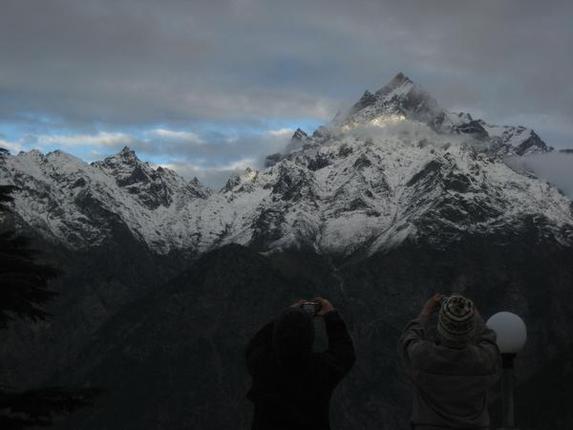
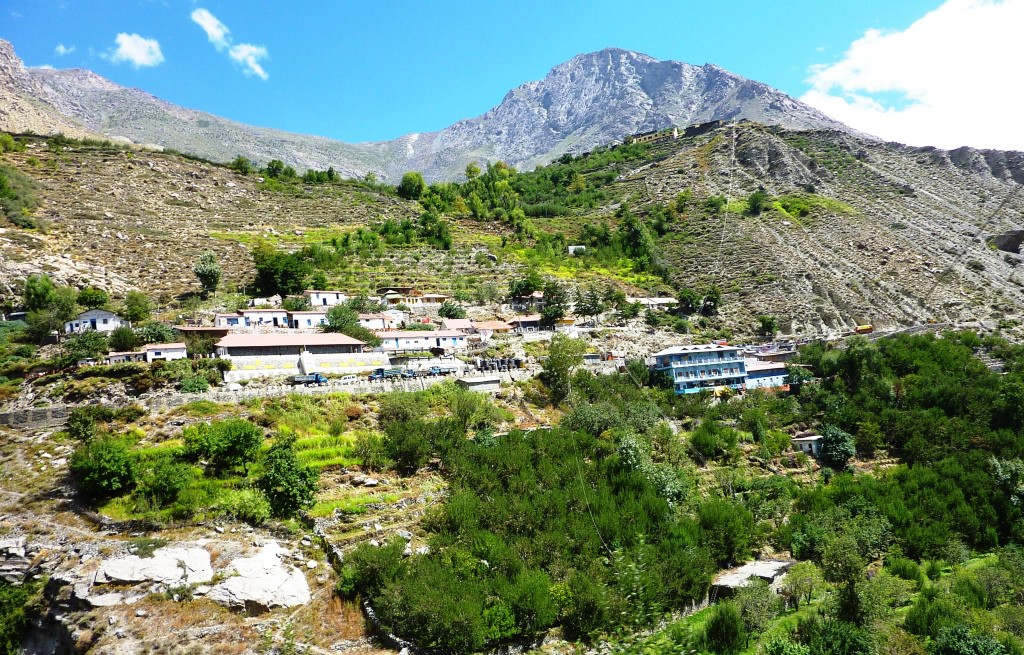
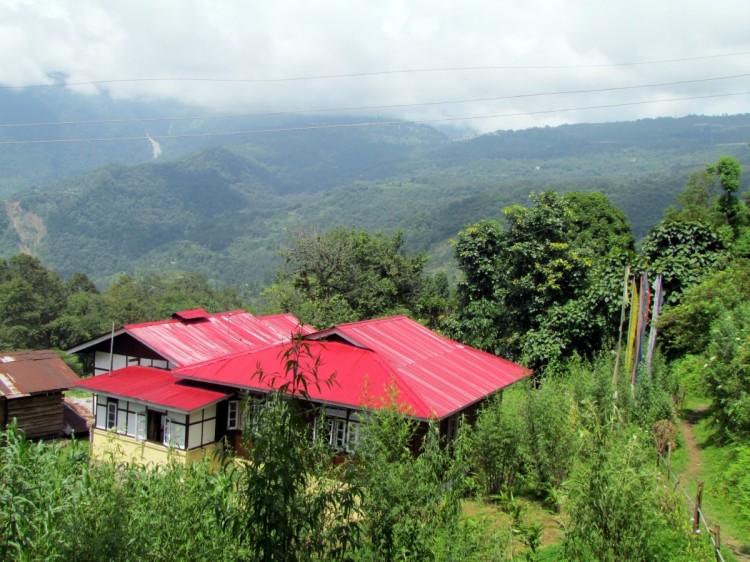
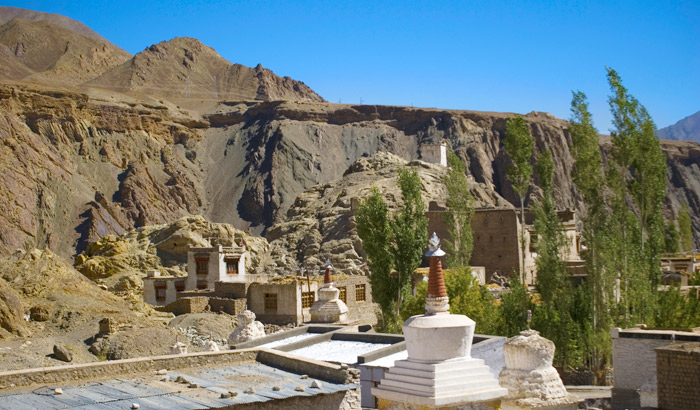
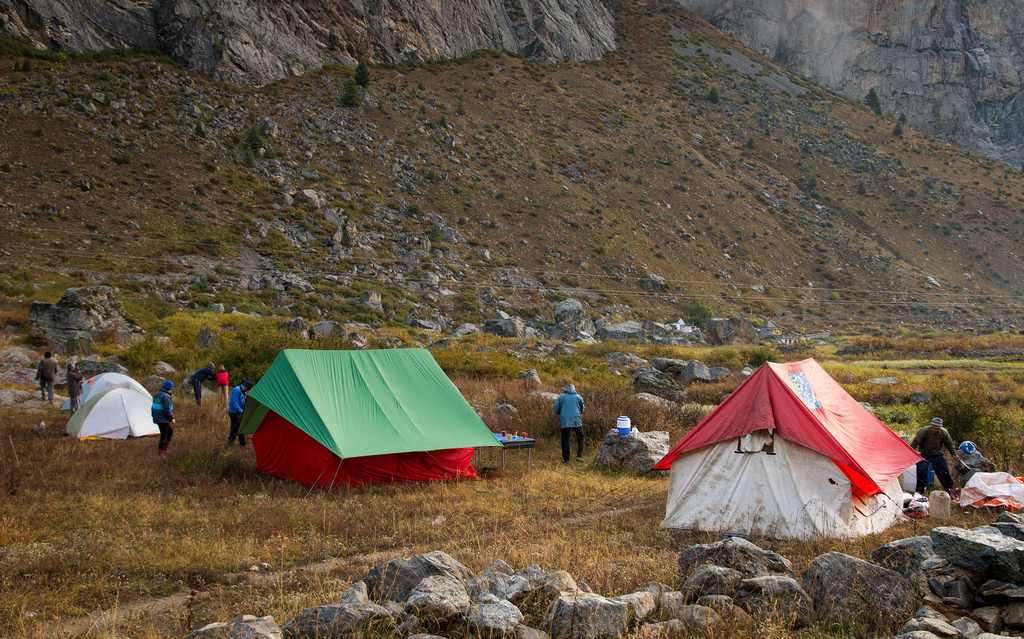
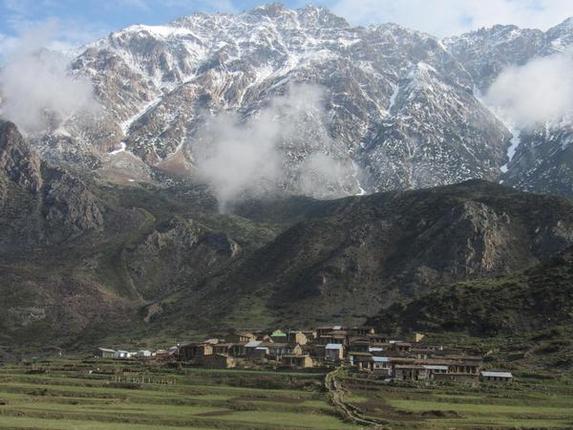
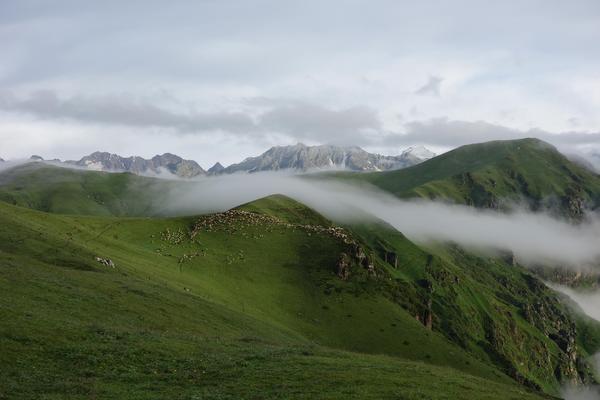
Wow!!
wonderful trip to Himalayas trekking White Leopard with unique experience for the tourists. Thanks